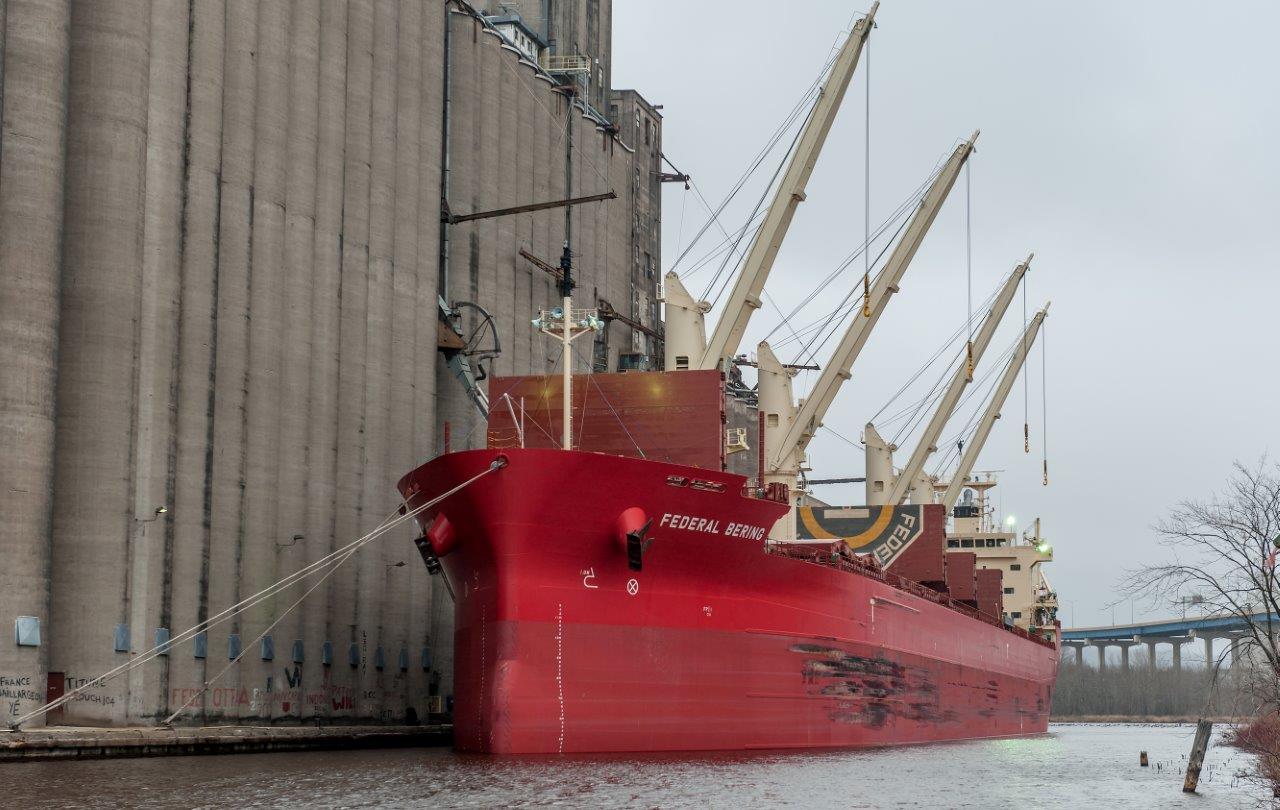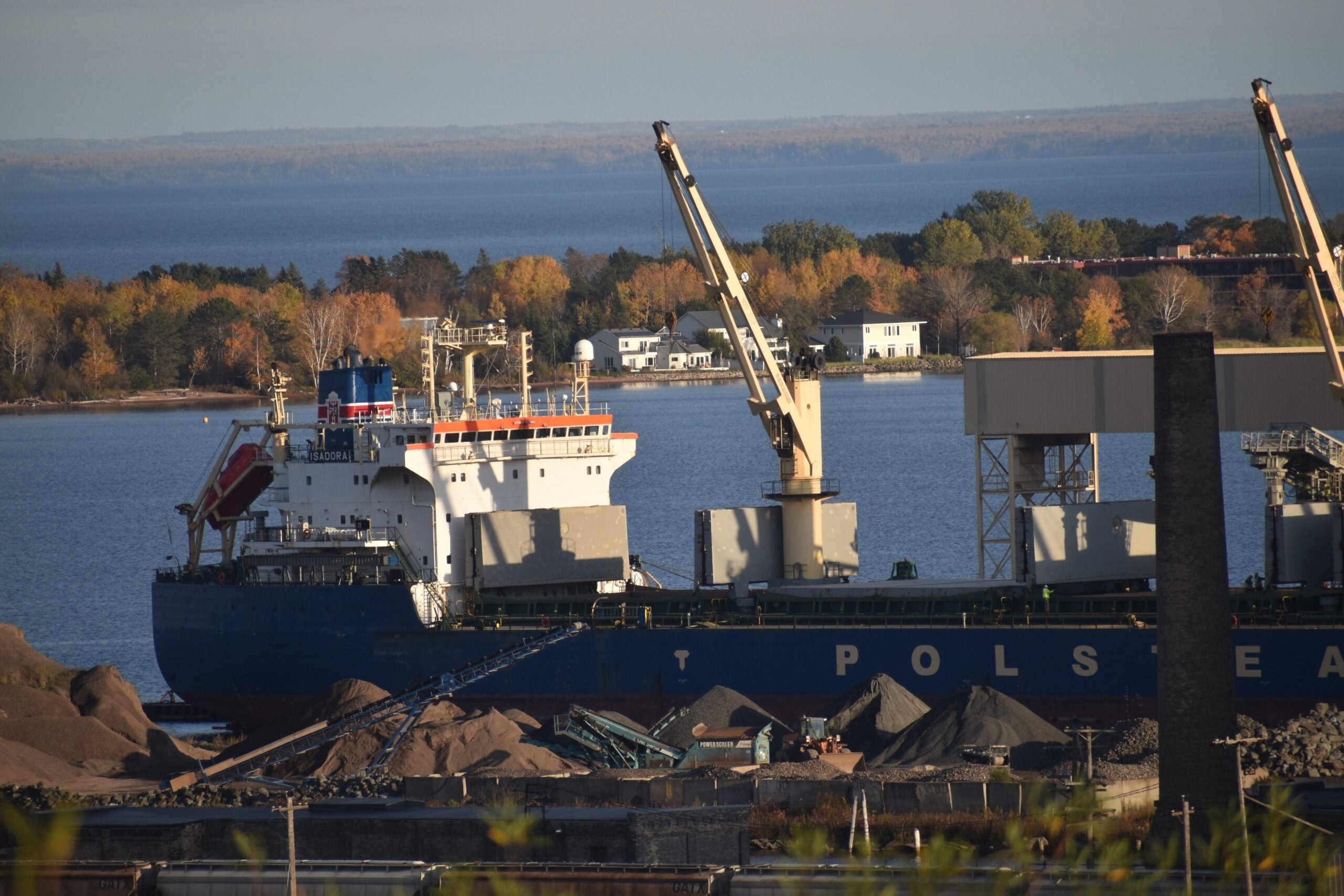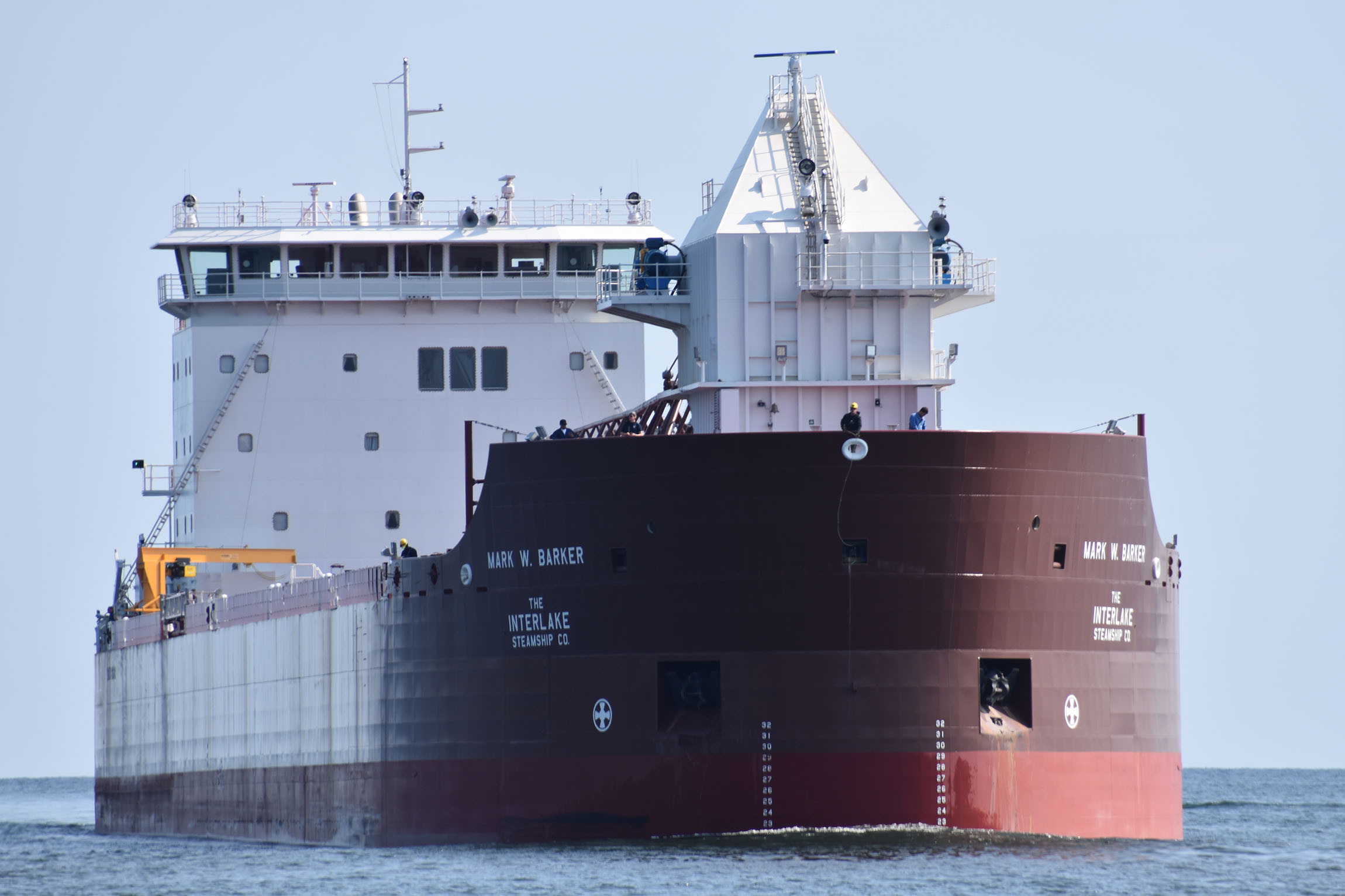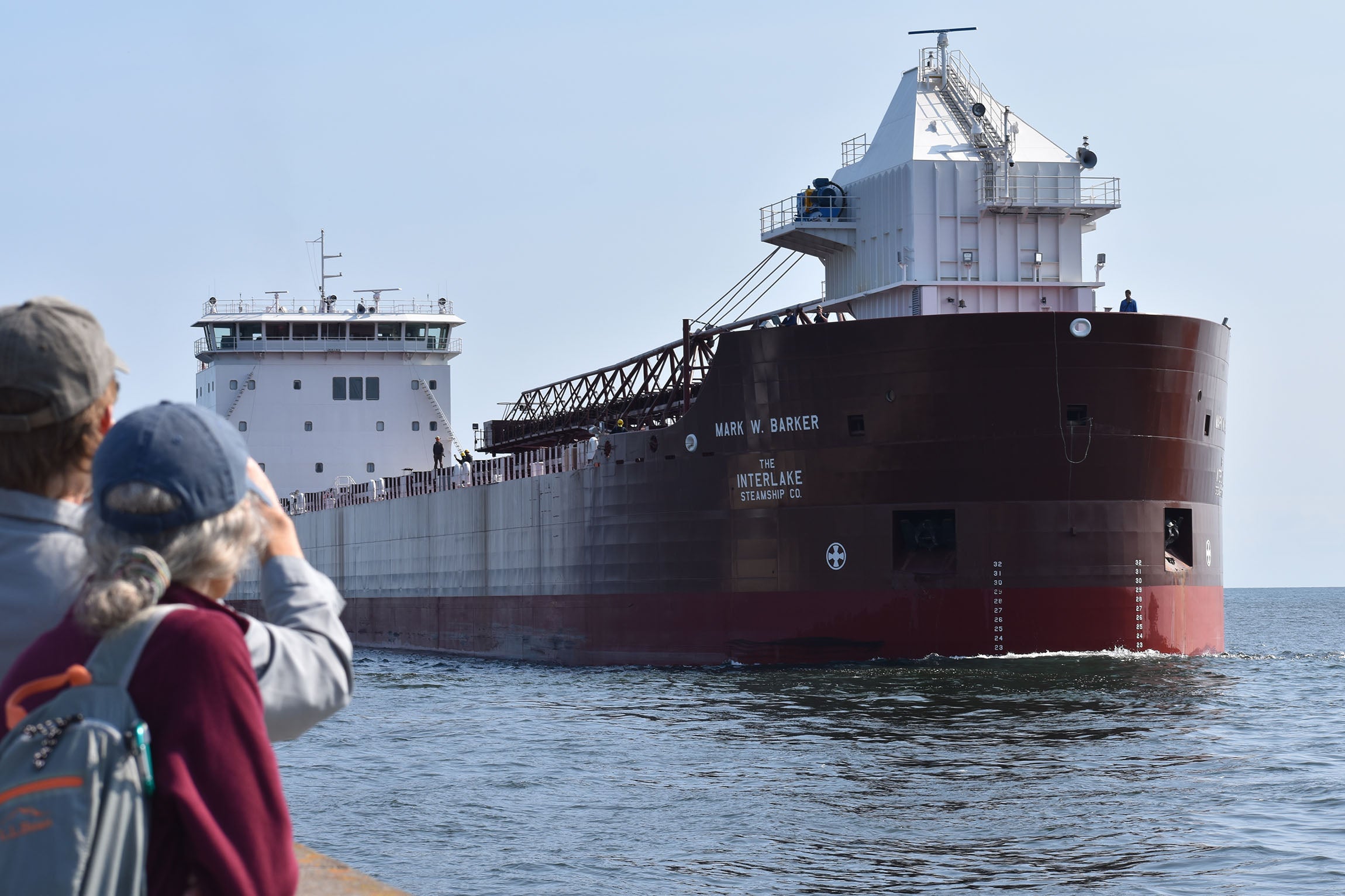The first year requiring international ships to have a permit before entering Wisconsin waters went well according to the DNR. But others say changes are needed before there’s truly smooth sailing for international freighters, or salties.
Three hundred water quality permits have been issued and 70 vessels inspected. DNR Water Quality Bureau Director Susan Sylvester says this helps keep new invasive species from entering the Great Lakes from overseas ports.She says treating the ballast water and exchanging it with salty ocean water is working, “That is critical to the success of not having freshwater organisms not be able to survive in our ports. If they continue to do that and treat then we feel that there is enough protection.”
The Wisconsin Wildlife Federation joined several other groups to contest Wisconsin’s standards as too lenient, that it needs to be increased 100 times.Federation Director George Meyer says swishing salt water in the ship’s holds is a start, “However, all the scientists understand and agree that that is far from a foolproof system and that’s why additional treatment is believed to be necessary.”
Stay informed on the latest news
Sign up for WPR’s email newsletter.
Meanwhile, Sylvester says foreign ships cooperated with inspectors. Duluth Seaway Authority Director Adolph Ojard says the new rules didn’t turn off salty traffic, but he says the state-by-state permitting requires four or five permits per ship, “It’s a little onerous. I would suggest that one permit for the entire Great Lakes and for all Great Lakes states is a more reasonable approach.”
The Environmental Protection Agency is expected to decide next year if Wisconsin’s regulations are tough enough or need to be changed.
Wisconsin Public Radio, © Copyright 2024, Board of Regents of the University of Wisconsin System and Wisconsin Educational Communications Board.





